Product Liability Lawsuit
A Product Liability Lawsuit addresses harm caused by defective products, from household items to medical devices. This legal action seeks to hold responsible parties accountable for injuries, covering manufacturing flaws, design defects, or inadequate usage warnings. With expert guidance from personal injury attorneys, victims can pursue compensation for their suffering and expenses. This brief guide outlines key aspects of product liability law and the steps to file a claim, aiming to support those affected towards obtaining justice and rightful compensation.

Written by: Sarah from LCA, Last updated: April 2, 2024
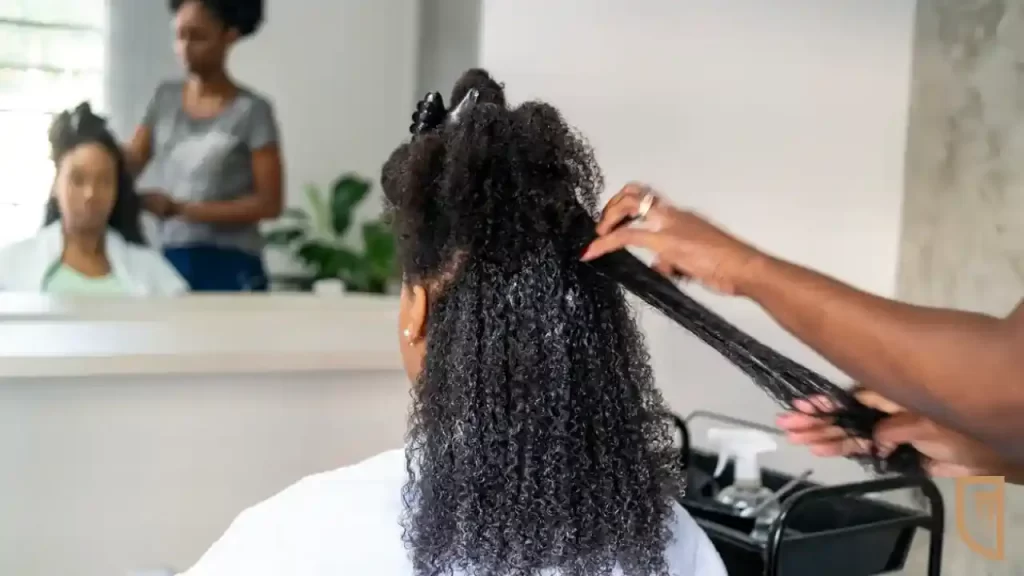
Hair Relaxer
Hair Relaxer Lawsuit claims products caused health issues, seek justice now and get justice.
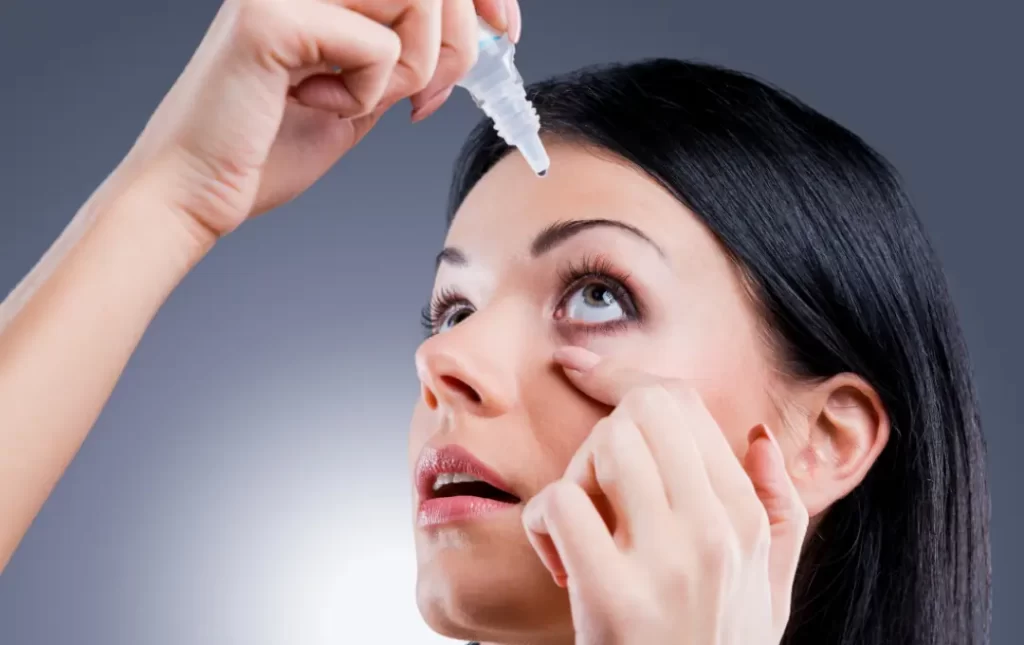
Eye Drop Recall
EzriCare eye drops, including eye infections or vision loss, our team is here to help.

Paraquat
Paraquat lawsuit links herbicide to Parkinson's, seeks compensation and justice.

Talcum Powder
Guide covers talcum powder lawsuits, health risks, and your legal rights information.
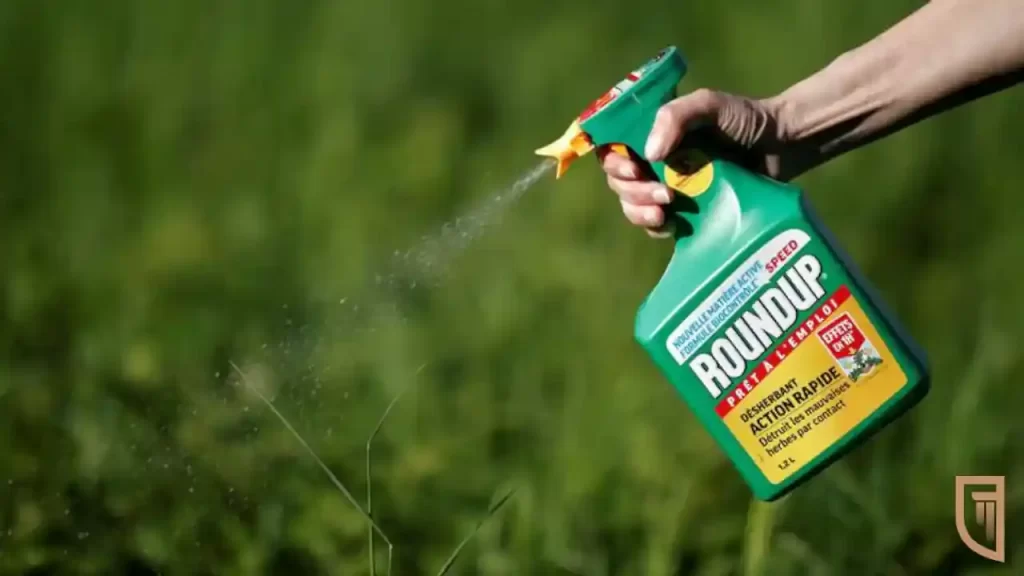
RoundUp
Roundup lawsuit links weedkiller to cancer, we are offering free legal consultation.

Game Addiction
Video game addiction lawsuits target companies for designing dangerously addictive gaming experiences.

Toxic Baby Food
Toxic baby food lawsuits target major baby food companies for selling products contaminated with harmful heavy metals.

Ultra Processed Food
Ultra Processed food lawsuits target major food manufacturers for creating unhealthy processed food.
Introduction to Product Liability Lawsuits
Product liability lawsuits are critical for consumers injured by defective products, whether due to design flaws, manufacturing defects, or inadequate instructions. These legal claims operate under principles of strict liability, implied and express warranties, ensuring that manufacturers are held accountable for harm caused by their products. A successful product liability claim can lead to compensatory and, in some cases, punitive damages for the plaintiff, emphasizing the importance of the manufacturing process, product safety, and clear consumer warnings.
When products fail, causing injury or harm, it is not just a matter of negligence but a violation of the trust consumers place in manufacturers and their obligations under state law and tort law. Personal injury lawyers specializing in product liability suits navigate the complexities of civil court proceedings to secure justice for tens of thousands affected by everything from minor defects causing choking hazards to serious design defects leading to significant medical treatment needs.
Filing a product liability claim requires understanding the defect’s nature, the injury sustained, and the legal framework governing such cases. Experienced lawyers adept in products liability can guide plaintiffs through the process, from the initial claim filing to potentially securing compensation for the harm endured, illustrating the vital role of legal expertise in confronting the risks posed by defective, unreasonably dangerous consumer goods.

Recognizing Defective Products
Recognizing defective products is crucial in protecting yourself and filing a product liability claim. Defective products can range from items with manufacturing defects to those with design flaws or inadequate instructions that fail to warn consumers about potential risks. Whether it’s a choking hazard from a small toy or a serious injury due to a defectively designed appliance, identifying these issues is the first step. If injured by a defective product, consulting with an experienced personal injury lawyer can help you understand your rights under strict liability and warranty laws. They can assist in filing a claim against the manufacturer, aiming to recover damages for the harm caused. Remember, every product liability case emphasizes the responsibility of manufacturers to ensure their products are safe for intended use.
The Foundation of Product Liability Claims
The foundation of product liability claims rests on proving harm caused by a defective product. Whether due to manufacturing defects, design flaws, or improper instructions, these claims encompass the duty of manufacturers to ensure safety. Filing a product liability claim involves demonstrating a breach of implied or express warranty, highlighting the role of experienced lawyers in navigating the complexities of proving negligence, the defect’s nature, and the direct link to the plaintiff’s injury.
Need help filing a Product Liability Claim?
How to File a Product Liability Lawsuit
Filing a product liability lawsuit begins with identifying a defective product that has caused harm due to design defects, manufacturing defects, or marketing defects. Start by gathering evidence of the defect, the injury it caused, and any breach of implied or express warranty that indicates the product was not safe for its intended use. Consulting an experienced lawyer is crucial, as they can help navigate the complexities of strict liability and negligence that underpin product liability cases. Your lawyer will file a claim on your behalf, detailing the defect, the harm caused, and seeking punitive damages for the negligence of the product manufacturer or company. Throughout the process, it’s essential to demonstrate how the product failed, leading to your injury, underlining the importance of expert legal guidance to effectively present your case and seek justice.

The Role of Personal Injury Lawyers in Product Liability
Personal injury lawyers play a crucial role in product liability cases, especially when a defective product causes harm. They navigate the complexities of strict liability and the nuances of implied and express warranties. By filing a product liability claim, these experienced lawyers hold product manufacturers accountable for design defects, manufacturing defects, or marketing defects that lead to consumer injury. Their expertise ensures that all aspects of the case, from demonstrating the defect to proving the harm caused, are meticulously handled, aiming to secure punitive damages and justice for the plaintiff.
Common Types of Product Defects
Diving into the differences between manufacturing defects, design defects, and marketing defects.
Manufacturing Defects: Occur when a product fails during its creation, deviating from the intended design, often due to errors in the manufacturing process. These defects can lead to a dangerous or defective product that causes harm, despite the product being correctly designed.
Design Defects: Involve inherent flaws in a product’s design, making it unsafe for use even if it is manufactured correctly. A design defect implies a risk to the consumer that could result in filing a product liability claim if harm is caused.
Marketing Defects: Arise from the failure to provide adequate warnings or instructions about the product’s proper use, leading to misuse and resulting harm. These defects breach the implied and express warranty that a product is safe when used as intended.
Breach of Warranty: Occurs when a product fails to meet the standards promised by the manufacturer or company, either through an express warranty or an implied warranty of safety, leading to potential harm and liability cases.
Defective Products Due to Company Negligence: Represents a broad category where the product manufacturer or company fails to identify or address known defects, leading to products that pose a significant risk of harm to the consumer, such as in notable cases in South Carolina, setting precedents for plaintiff compensation.
Find out how much your product liability payout could be:
The Impact of Defective Medical Devices on Patients
Defective medical devices breach the implied and express warranty of safety, often due to manufacturing defects or design flaws. When patients file a product liability case against the manufacturer, they highlight the severe harm caused by these defective products, from manufacturing errors to design defects, emphasizing the critical need for accountability.
Product Liability Law: Understanding Your Rights
Product Liability Law serves as a protective shield for consumers, ensuring that manufacturers, distributors, and retailers are held accountable for releasing defective products into the market. This legal framework is based on the principles of strict liability, where the responsibility for harm caused by a defective product does not require proof of negligence. It encompasses various claims, including those based on a breach of warranty, whether implied or express, guaranteeing that products meet certain standards of safety and performance. Understanding these rights is crucial for consumers who have suffered due to defective goods, as it provides a pathway to seek justice and compensation.
Recovering Damages: What Victims Need to Know
Victims of defective consumer goods are entitled to pursue compensation for the harm they’ve endured. This process of recovering damages typically involves proving that the product was indeed defective, either due to its design, manufacturing, or because of inadequate instructions or warnings provided by the manufacturer. Plaintiffs can seek damages for a range of consequences, including medical expenses, loss of income, pain and suffering, and in some cases, punitive damages designed to punish particularly negligent behavior by manufacturers. Knowing the ins and outs of this process helps victims understand what to expect and how to navigate the complexities of product liability claims effectively.

Examples of Successful Product Liability Claims
Johnson & Johnson Talcum Powder Lawsuits: In recent years, Johnson & Johnson faced numerous lawsuits alleging that its talcum powder products caused ovarian cancer and mesothelioma. One of the most notable verdicts came in 2018 when a Missouri jury awarded $4.69 billion to 22 women, marking one of the largest personal injury awards in product liability claims. This case highlighted the importance of product manufacturers providing accurate information about potential health risks.
Monsanto Roundup Weed Killer Litigation: In a landmark case against Monsanto, now owned by Bayer AG, plaintiffs alleged that the glyphosate-based weed killer, Roundup, caused non-Hodgkin lymphoma. In 2019, a California jury awarded over $2 billion to a couple in one case, part of a series of lawsuits that led Bayer to propose a $10 billion settlement to cover tens of thousands of claims, illustrating the significant impact of product liability suits on public health and corporate accountability.
General Motors Ignition Switch Recall: General Motors (GM) faced legal action after it was discovered that a defective ignition switch could cause cars to turn off while driving, disabling airbags. This defect was linked to 124 deaths and many injuries. In 2015, GM agreed to pay a $900 million settlement to resolve criminal charges and also settled civil lawsuits for an undisclosed amount, showcasing the severe consequences of manufacturing defects on consumer safety.
Warning Consumers: The Importance of Proper Instructions
The importance of proper instructions by manufacturers cannot be overstated, as they form part of the implied warranty that guarantees safety. When consumers face harm from a dangerous or defective product due to a design defect, the absence of clear guidance can lead a plaintiff to file a product liability claim, underscoring the manufacturer’s critical role in preventing such incidents.
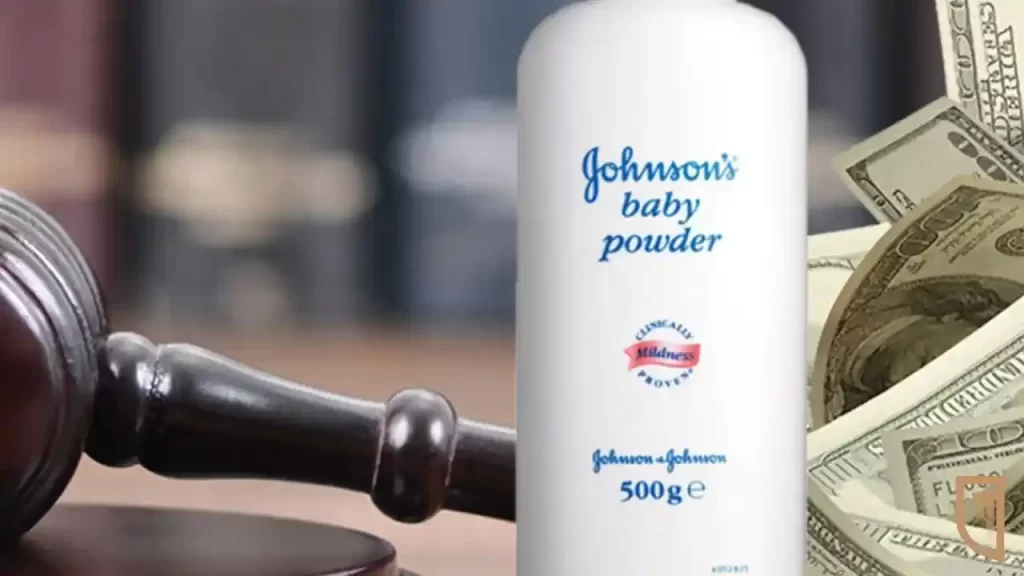
Find out if you qualify:
Free Consultation: Your First Step Towards Justice
Encouraging victims of defective products to seek a free consultation with experienced product liability attorneys.
A free consultation marks the beginning of your journey towards justice if you’ve been harmed by a defective product. Legal Claim Assistant offers this crucial first step, providing you with an opportunity to discuss your case with experienced attorneys who understand the complexities of product liability. During this consultation, you’ll gain insights into your rights, potential claims, and the next steps in pursuing compensation. Our experts are dedicated to assessing your situation thoroughly, helping you understand the scope of your claim and how best to proceed. With Legal Claim Assistant, you’re not just starting the legal process; you’re taking a significant stride towards holding responsible parties accountable and securing the compensation you deserve.
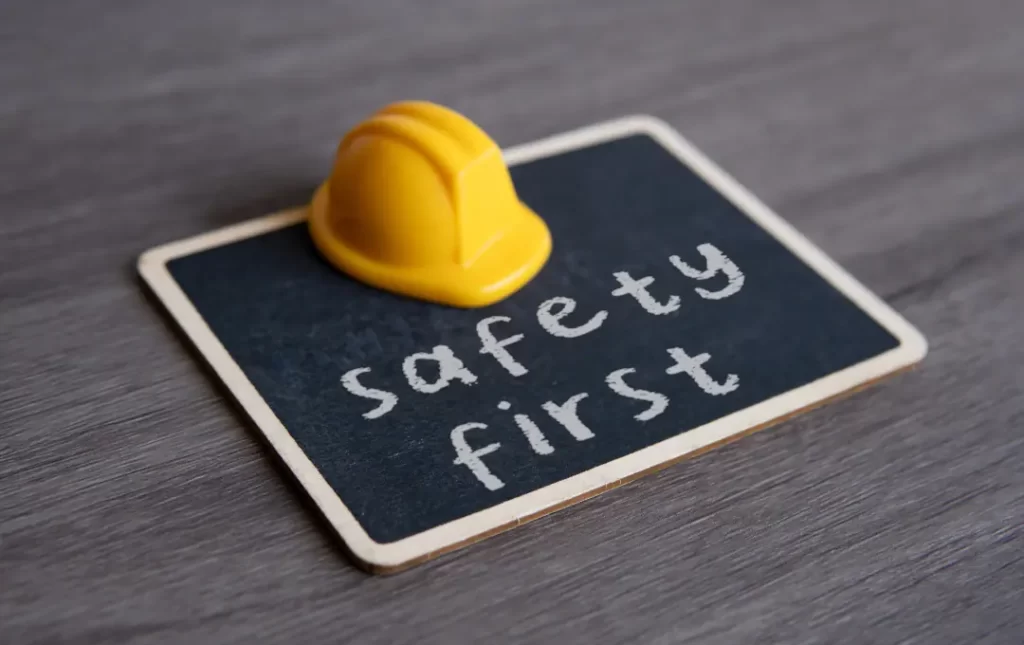
Need help with your Product Liability Claim?
Written by:
Nicky from LegalClaimAssistant.com
LegalClaimAssistant.com simplifies the process of pursuing legal action. Access information, lawsuit guides, and updates on drugs, products, and other matters that may impact you.
4 References
- Holpuch, Amanda. “Two Army Veterans Awarded $110 Million in 3M Earplug Lawsuit.” The New York Times. January 28, 2022. Retrieved on May 12, 2022 from https://www.nytimes.com/2022/01/28/us/veterans-earplugs- 3m-lawsuit.html
- LexisNexis® Legal Insights. “Product liability & strict liability.” January 06, 2021. Retrieved on May 5, 2022 from https://www.lexisnexis.com/community/insights/legal/b/thought-leadership/posts/understanding-the- interplay-between-strict-liability-and-products-liability
- National Highway Traffic Safety Administration. “Letter to Tesla: Full Self-Driving Software May Cause Crash.” Retrieved from: https://static.nhtsa.gov/odi/rcl/2023/RCAK-23V085-2525.pdf. Accessed on February 17, 2023.
- Unified Parkinson’s Advocacy Council. “Paraquat Dichloride Registration Review.” July 24, 2017. Retrieved on May 12, 2022 from https://files.michaeljfox.org/Paraquat_letter_FINAL.pdf


